Naturhistorisk Museum Aarhus Ice Age Deck
2018 – (See Cards | Host Info | Download Danish cards/rules | Download English cards/rules)…
This deck is based on the exhibition “Back to the Ice Age” at the Natural History Museum in Aarhus, Denmark. During the Ice Age, Denmark was partially covered by glaciers and this deck represents a wide variety of the biodiversity that would have been found there.

Mountain Avens
Dryas octopetala


2 POINTS
FACT: A frugal plant. It takes 10 years from seed germination until it blossoms.

Wolverine
Gulo gulo

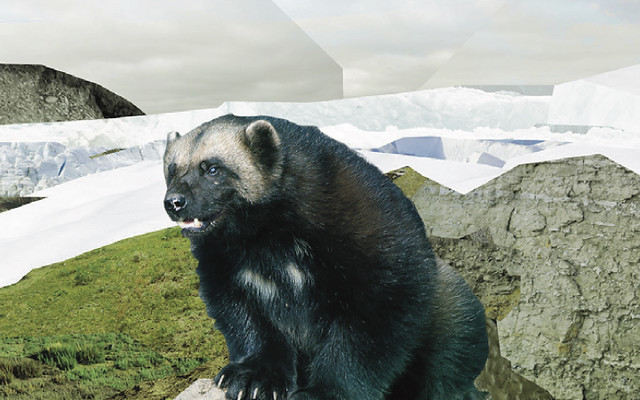
7 POINTS
PLAY: Move of 2
FACT: The Wolverine of the Ice Age was in size as a medium size dog and resembles a bear. The males were about 1/3 longer than the females and could weigh twice as much.

Saiga Antelope
Saiga tatarica

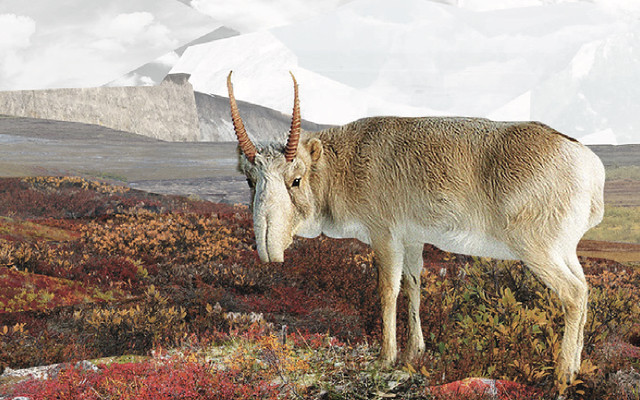
5 POINTS
PLAY: Move of 2
FACT: The Saiga antelope live in large herds. Their funny-looking nose heats the cold air in the winter and filters dust in the summer.

Cougar
Puma concolor

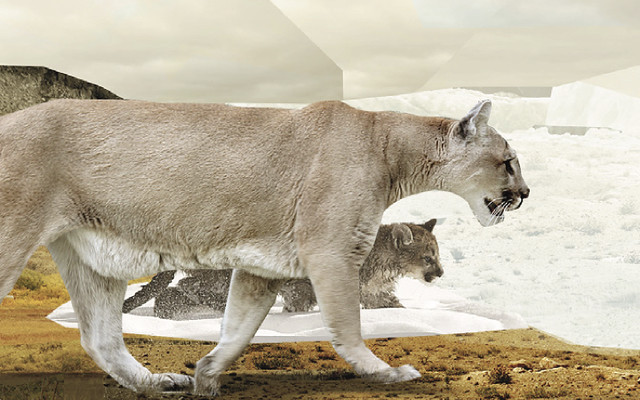
7 POINTS
PLAY: Move of 2. The card may be put next to all sizes of herbivores.
FACT: Cougar teeth from the Ice Age reveal that they had very varied diet. They fed on anything from insects to large deers.

Wild Boar
Platygonus compressus

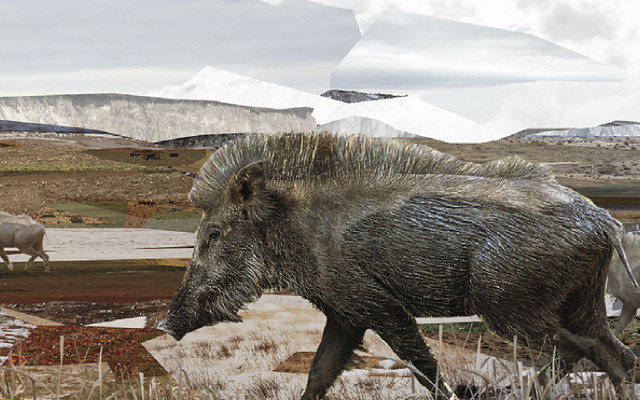
EXTINCT | 5 POINTS
PLAY: Move of 2
FACT: The wild boar of the Ice Age was larger than its present relatives. It had longer legs and could run faster.

Steppe Bison
Bison priscus

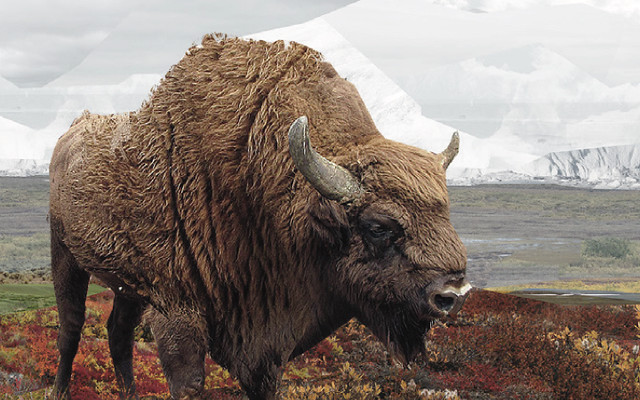
EXTINCT | 6 POINTS
PLAY: Move of 2
FACT: The horns are used for protection against predators: both bulls & cows have horns. In 2011, a mumified steppe bison was found in Siberia with all its intestines intact. In 1984, another mummified steppe bison, Blue Babe, was used in a stew made and eaten by scientists in Alaska.